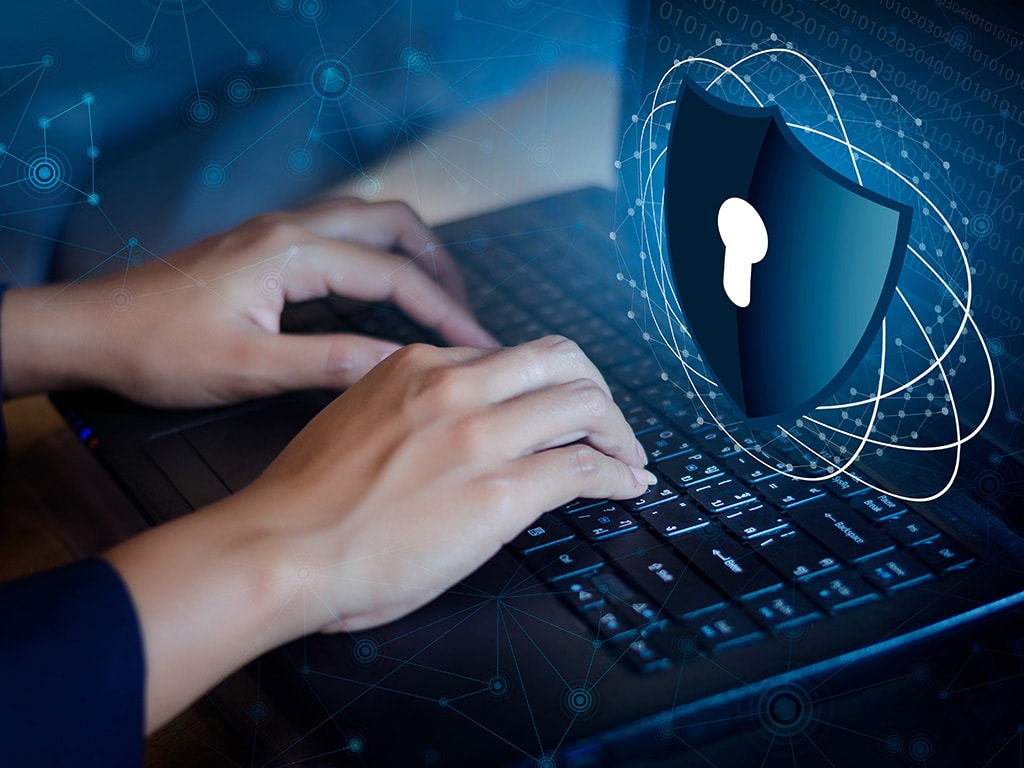
What are the elements of cyber security?
Cyber security is the practice of protecting electronic information from unauthorized access or destruction which contains hardware as well as software technologies, as well as processes and practices designed to protect data, networks, and devices from attack. Security is a cost and has to be managed like any other cost within the organization. A good security team will be able to help you manage risk and identify the real threats in your environment.
Cyber security includes a number of different elements.
- Information security
- Application security
- Network security
- Operational security
- End user security
- Network security
Information security
Information security, also known as cybersecurity services or IT security, is the practice of protecting electronic information by mitigating information risks. Data can include personal data, confidential business data, or classified government information.
Information security is important because it helps to protect against threats to the confidentiality, integrity, and availability of data. These threats can come from a variety of sources, including hackers, viruses, malware, and natural disasters. By mitigating these risks, information security helps to ensure that data is available when needed and that it remains confidential and intact.
There are a variety of ways to mitigate information risks. These include physical security measures such as firewalls and encryption; logical security measures such as access control lists and password protection; and administrative measures such as employee training and incident response plans.
Application security
Application security is the process of making sure that applications are safe from attack. This includes both preventing attacks from happening in the first place, and also being able to detect and respond to them if they do occur. Application security is important because applications are often the target of attacks, and they can contain sensitive data that needs to be protected. There are many different. techniques that can be used for application security, and it is an ongoing process that should be constantly monitored and updated.
Network security
Network security is the practice of protecting electronic information by mitigating information risks and vulnerabilities. Information risks can include unauthorized access, use, disclosure, interception, or destruction of data. Data can include, but is not limited to, the confidential information of business or individual users.
Organizations and individuals have a responsibility to protect their data from unauthorized access or disclosure. To do this, they must put in place physical, administrative, and technical controls. Physical controls are designed to protect hardware and limit access to buildings and systems. Administrative controls establish procedures for managing access to data and systems. Technical controls are designed to protect networks and systems from attack.
There are a variety of threats that organizations and individuals face when it comes to network security. These threats can come from internal or external sources.
Operational security
Operational security (OPSEC) is a process that identifies critical information and subsequently analyses friendly actions relative to potential adversary interests, determines indicators that could compromise the operation, and selects measures to reduce or eliminate the vulnerabilities. In short, operational security is protecting your critical information from your enemy. This process is a critical aspect of leadership and decision-making. It involves the identification, analysis, and protection of critical information.
End user security
In computing, end-user security refers to the security safeguards placed on a computer or network by the people who use it. It is also known as user-side security. The purpose of end-user security is to protect the computer or network from malicious software, unauthorized access, and other threats.
There are many different ways to secure a computer or network, including installing and configuring firewalls, using anti-virus and anti-spyware software, and creating strong passwords. However, the most effective way to protect data is to encrypt it.
If you want others to be able to access your files and folders, then encryption is a good idea. If you are concerned about the safety of your private files, then encryption is a must.
Network security
Computers and networks are only as secure as the end user makes them. End-user security refers to the security measures taken by individuals to protect their computers and data from attack. While organizations can put in place technical controls to reduce the risk of attack, ultimately it is up to users to ensure that their systems are properly secured.
There are a number of things that users can do to improve their security, including installing security software, keeping their operating system and software up-to-date, and using strong passwords. Additionally, users should be aware of phishing scams and other social engineering attacks that can trick them into revealing sensitive information or installing malware. By taking simple precautions, users can greatly reduce the risk of becoming a victim of cybercrime.
Strategies of network security
In the business world, data is constantly at risk for being hacked or taken without permission. As a result, network security has become an important topic for companies large and small. There are a number of strategies that businesses can use to protect their data, and this article will explore some of the most common and effective ones. Virtual Private Networks (VPNs)
A virtual private network (VPN) is a technology that allows users to connect to private networks across the internet, via secure tunnels. VPNs have been in use for decades, and their popularity is growing.
They are used by businesses to link their networks together, and by individuals who want to protect their data when they use an unsecured network. VPNs can be used on any device with a connection to the internet, including computers, tablets and smartphones.
Conclusion
cyber security is an important issue that should be given attention. There are many elements to cyber security, including password protection, data encryption, and firewalls. By taking steps to protect your online information, you can help keep your identity and personal information safe.






